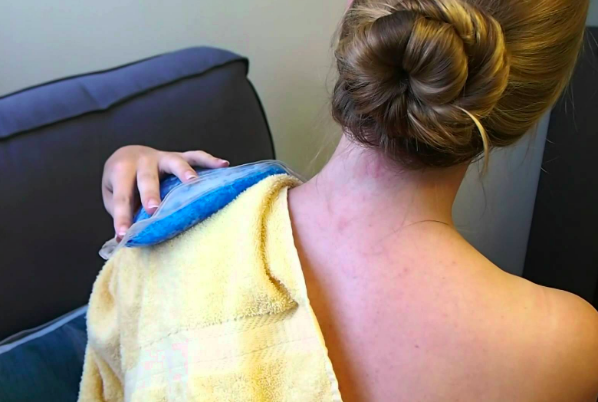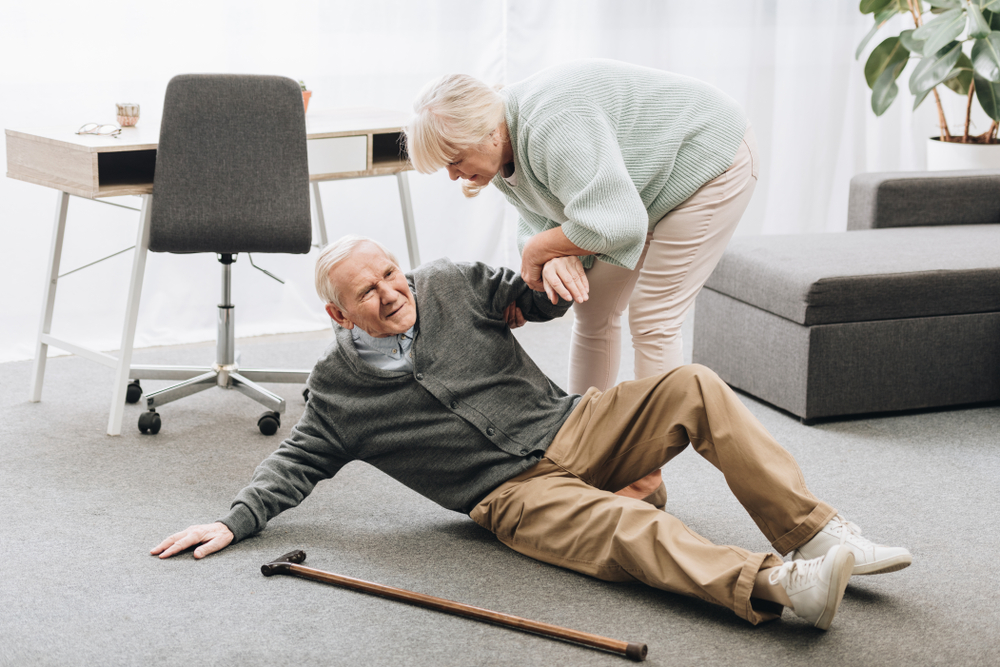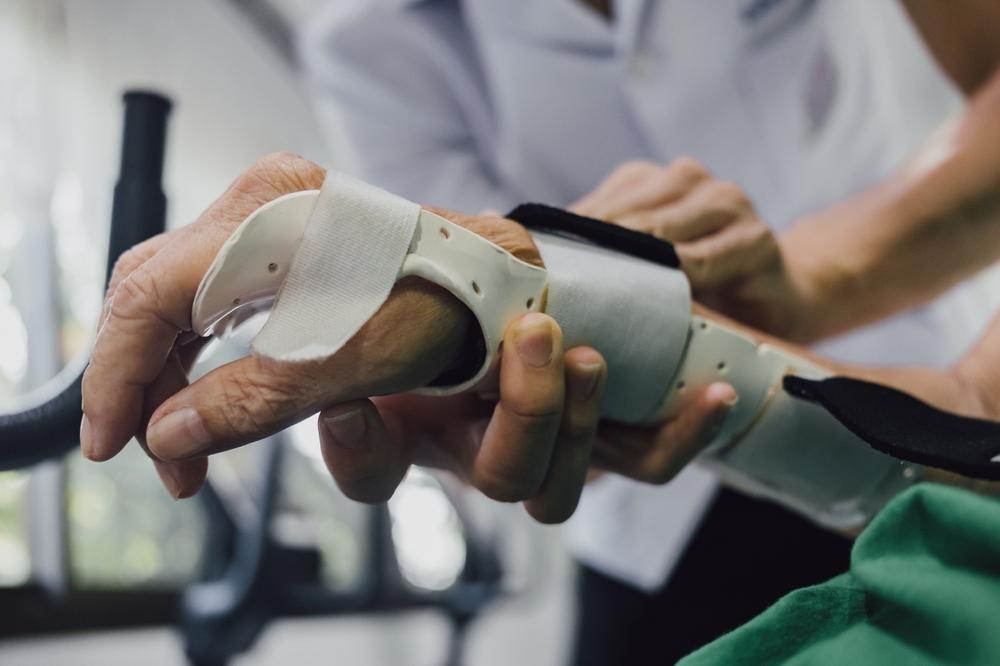Make an Appointment
Cold vs Heat - which one should you use to treat your injury?
Cold and heat therapy is widely recognised as a useful self-treatment option to reduce pain. Despite this, there is still a significant amount of confusion on when to ice, when to heat and when it’s best to do nothing.
At it’s most basic, the purpose of cold and heat therapy is to take advantage of our body’s natural reaction to adapt to changes in temperature and regulate blood flow.
This guide will give you a quick overview of when to use a cold pack or heat pack, when not to and how you should use each for the best results.
Why use a cold pack?
- Cold packs reduce circulation to the area by constricting the blood vessels which will help with swelling and inflammation.
- 25 minutes after the cold pack is applied excess fluid through the lymphatic system is removed.
- If you’re experiencing sharp or acute pain the cold provides a numbing sensation which will elevate some of the discomfort.
When to use a cold pack
A cold pack is most effective for acute injuries. Acute injuries are a new injury with swelling, pain or muscle spasm. Such as a spasm in your neck, an ankle sprain, injury to your back or a sharp pain. Acute injuries are most commonly treated with cold therapy for the first 48 - 72 hours.
How to use a cold pack
- Apply a cold pack to the painful area for 15 - 20 minutes. If you are using frozen peas, or loose ice wrap them in a wet towel or cloth. (A dry cloth decreases the effectiveness).
- Repeat the application of cold therapy every two hours.
- Stop after 48 - 72 hours. It is always recommended that you see a doctor of health care professional for injuries or pain.
Note: If a cold pack is applied for too long, the ice can burn especially over areas like the ankle that only has a thin layer of skin. If there is any pain caused by the cold, remove the pack immediately.

Heat Therapy
Why use a heat pack?
- Heat will increase local circulation by dilating the blood vessels. The increased oxygen and nutrients are essential for cell repair.
- If you are experiencing muscle spasm it will help relax this area and allow tissues to be stretched more easily.
- It is an effective way to soothe pain, especially for chronic pain.
When to use a heat pack
A heat pack is ideal for chronic or arthritic pain e.g. joint pain, osteoarthritic knees, neck pain that isn’t caused by an immediate injury. If you suffer a flare-up of an existing condition and are in significant pain, treat it as an acute injury.
How to use a heat pack:
- If you are using a heat wheat pack check the heating instructions before placing in the microwave. Once heated, wait for 3 - 5 minutes and test the temperature on a person who is not injured.
- Apply the heat pack to the affected area for 15 - 20 minutes.
When in doubt use cold packs. Cold packs rarely exacerbate a condition like heat can. Keep an eye on the area and if it doesn’t feel right or you experience more pain stop immediately.
The Next step? Visit your healthcare professional or your local Physio Inq Physiotherapist. Once you begin the correct course of treatment you’ll be on the path to recovery.
Date Published: Friday, March 11, 2016
Locate a Mobile Physiotherapy
Service Near me
Get the experience & convinence you deserve to support your or a loved one's allied health needs.
Our Mobile Physiotherapy team are currently serving & taking appointments in the following states and regions in Australia:
New South Wales
- Blacktown
- Blue Mountains
- Campbelltown And Macarthur
- Canterbury-Bankstown
- Eastern Suburbs Sydney
- Georges River
- Hawkesbury
- Inner East Sydney
- Inner West Sydney
- Lake Macquarie
- Lower North Shore
- Newcastle
- Northern Beaches
- North Sydney
- Parramatta
- Penrith
- Southern Highlands
- South West Sydney
- Sutherland Shire
- Sydney CBD
- The Hills Shire
- Upper North Shore
- Waverley
- Wollongong
Tasmania
Victoria
Need to get into direct contact with ur Client Services team? We're all ears. Call our team directly on 1300 731 733






